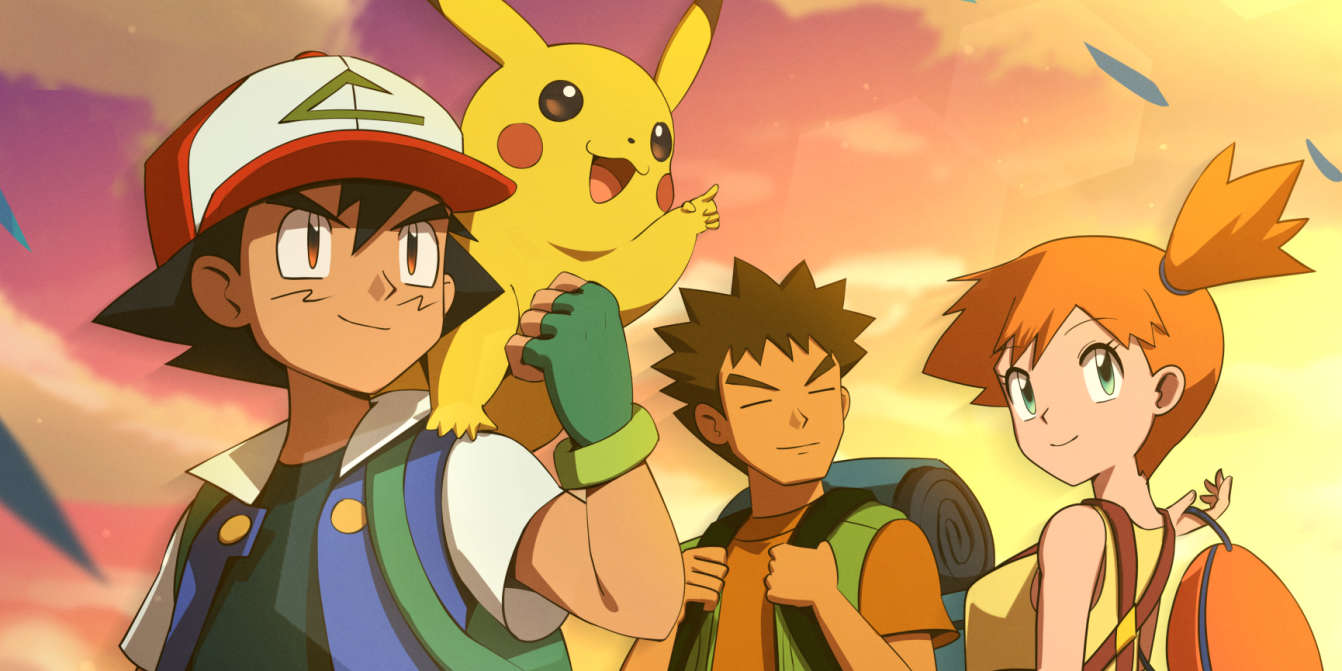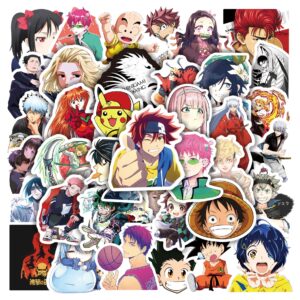This is the Story of an Insane Pokémon Leak.
In the Pokémon and Nintendo community, Dr. Lava is one of the most known leakers and information finders. People know him mainly for bringing to light countless amounts of beta designs for current and scrapped Pokémon. With that said, Nintendo has usually kept their distance from these kinds of leaks. Although, for some reason, they seem to have recently forced Dr. Lava to completely erase a leak he shared. Why? Who knows? Dr. Lava didn’t expose this leak; he was just aware of it; what exactly is Nintendo doing?
Well, in this piece, I’ll be going over the issues regarding Pokémon, Nintendo, and intellectual property as this event seems somewhat out of place for Pokémon leaks, but not Nintendo themselves. There’s a part of this story missing, and we’re going to try and find it.
Multiple well-known Pokémon accounts on Twitter were spreading the discovery of more uncovered Beta Pokémon sprites. The sprites discovered were over 20 years old, originated, and scrapped after being planned for Pokémon Crystal for the Gameboy Color. However, things would take a dodgy left-turn for accounts like Dr. Lava.
The Pokémon Leak and The Response
Many of the hardcore Pokémon fandom would have thought games like Gold, Silver, and Crystal were mined to exhaustion for their hidden and scrapped content. Major revealing’s of Beta Pokémon designs that were planned to be implemented almost twenty years ago. Some designs were completely indifferent from what we know these Pokémon as in the modern day.
Images of Beta designs of Wooper, Pichu, Cyndaquil, and Celebi all show drastic changes that were made to their design. Natu also had a planned middle-stage evolution. Most importantly, heaps of completely scrapped Pokémon were also included. These images spread like wildfire across Twitter in the Pokémon community, as you’d expect. Rather oddly, however, Nintendo decided to clamp down on the spread of these images. Dr. Lava released a statement on his Twitter on the same day that he broke the news. He has since deleted this statement, for unknown reasons. However, the tweet suggested that a Nintendo representative had directly contacted Dr. Lava. With his statement hinting at a potential cease and desist.
This is further backed up by the fact that Dr. Lava has a pristine reputation in the Pokémon community. Dr. Lava himself is also not opposed to calling out fake leaks when he sees them, leaving him little reasoning to create fake leaks himself. Meaning all deletion falls on a potential cease and desist over a release of accidental false information on Dr. Lava’s part.
Fake Beta Pokemon Alert:
This fake beta sprite’s been disseminating around the internet in recent months. “Thermoala” was actually created by @schmorca for his indie game Kaiju Crypt, scanned in black & white to look legit, uploaded to 4chan as a hoax… then spread from there. pic.twitter.com/DxwaxluHVN
— Dr. Lava’s Lost Pokemon (@DrLavaYT) February 24, 2020
Problems With Nintendo’s Handling Of Copyright And IP’s – Especially Pokémon
Out of all the gaming publishers, there is none more notorious when it comes to their IP’s than Nintendo. The beginning of their overly self-destructive copyright policy on the internet seems to begin with the infamous issues regarding Nintendo and Youtube. Anything relating to their games on the platform was swiftly given the copyright claim treatment. Nintendo became infamous when it came to claiming funds from Youtubers videos, or in some cases, just flat out getting them taken down even though the videos in question were transformative and directly giving Nintendo free advertising.
In Pokémon, however, this is not the only time Nintendo has clamped down. The recent leaking of the entire Pokémon Sword & Shield Pokédex saw legal battles. Along with a severed relationship with a Portuguese outlet whom Nintendo had previously trusted. This whole event and its scale may have left Nintendo somewhat on-edge when it comes to anything that wasn’t supposed to be seen. Regardless of its age.
This request for tweet deletion is not the only big-time event in a clash between Nintendo and the Pokémon community. Arguably the most famous Pokémon fan game ever made, Pokémon Uranium Version. It hit over 1.5million downloads and was issued a DMCA. The fan game, which was over nine years in the making, blew up. The project had people incredibly invested. Best of all, the creator was releasing it all for free; he made zero profit from his creation. However, Nintendo had different plans. Demanding the game and all of the almost decade long efforts be wiped from existence.
We’ll probably never say this again, but let’s look at SEGA as the better example.
You can compare these sorts of situations to how SEGA reacts to fan efforts. SEGA not only promotes fan-made games but takes indirect jabs at corporations who just automatically launch a DMCA as soon as they come across anything unofficial. The image below is how SEGA reacts to fan-made works.
SEGA also hired a team of Sonic fans who worked on fan games to create what is considered by many to be the definitive Sonic experience with Sonic Mania. In comparison, Nintendo wouldn’t dare trust fans with their golden jewel, Mario, for instance.
Nintendo’s Official Copyright Statements
Regarding their legal stance, Nintendo states the following on their website: “Unfortunately, Nintendo and its’ over 100 independent publishers and developers lose hundreds of millions of dollars per year to international pirates and counterfeiters”. This is indeed a huge problem, but the issue isn’t with Nintendo protecting their profits. It’s the fact that they remove games like Pokémon Uranium. If they did the research, they would know that this game and many other fan-made games make zero profit from their creation. Also, it is not as if people are choosing to play Pokémon Uranium over any official Pokémon release such as Sword & Shield.
However, applying more specifically to the Dr. Lava case. Nintendo’s legal page states the following regarding intellectual property: “You are not entitled to use any of this Nintendo property without our specific permission. Because we receive so many requests for use, we cannot respond to them all individually. The fact that we do not respond does not imply permission for you to use any of Nintendo’s intellectual property. If you are uncertain about whether your planned activities require Nintendo’s consent, you should obtain your own legal advice. Nintendo does not give legal advice; please act with care. Nintendo treats very seriously any infringement of its rights. We appreciate your interest in Nintendo brands and products.”
Nintendo are too stringent, especially over Pokémon
Once again, this states the needlessly strict ruling. Nobody seems to have the right to use anything created or owned by Nintendo without their permission. However, they recommend you receive specific permission to use their property, all the while stating in the following sentence how essentially, don’t bother requesting permission because you’ll be ignored regardless.
None of this still explains the Dr. Lava situation, though. The only logical reason Nintendo might feel edgy regarding the leaking of past works that were scrapped is due to potentially having plans to re-use these designs into future games. This isn’t too hard to believe, as a lot of Pokémon designs take inspiration from each other and past work of the people who work on the games.
In Conclusion
Nintendo’s stance on their intellectual properties is self-destructive. Why punish and alienate passionate and non-profiting fans adoration for your company’s work. Global markets of counterfeit games that most likely will always be in circulation until the end of time won’t affect that brand. Yes, actively try to punish the counterfeit games market, but at least become aware enough to realise the separation between non-profit passion from fans, and illegal game circulation. Nintendo needs to learn from companies like SEGA when it comes to how they handle their headlining acts copyright-wise, like Sonic. They should bond with their audience, embrace their passion, not punish it.
Let’s be honest. If Nintendo hasn’t done anything with these images after 20 years, they can release them themselves. They could even monetise it, and people would buy it! Nintendo has a knack for seeing a new market related to its products, and instead of embracing it like SEGA, they push it aside. By the time they see merit in these fan interactions, it’ll be too late; there won’t be anything left.
If you enjoyed this piece and want to read more from us at Culture of Gaming, feel free to check out the rest of our website!














